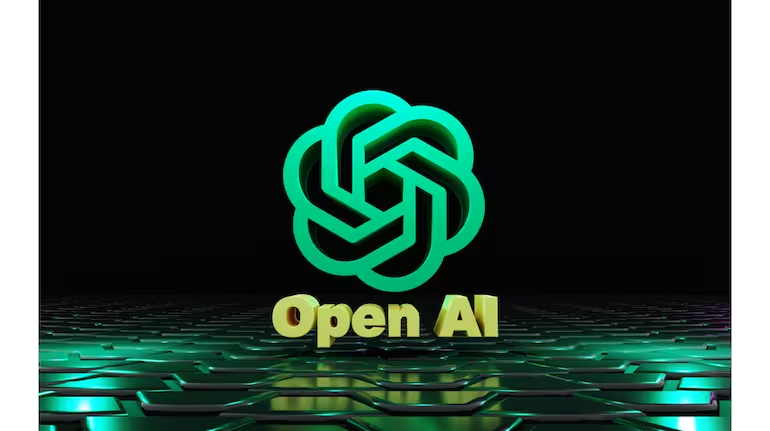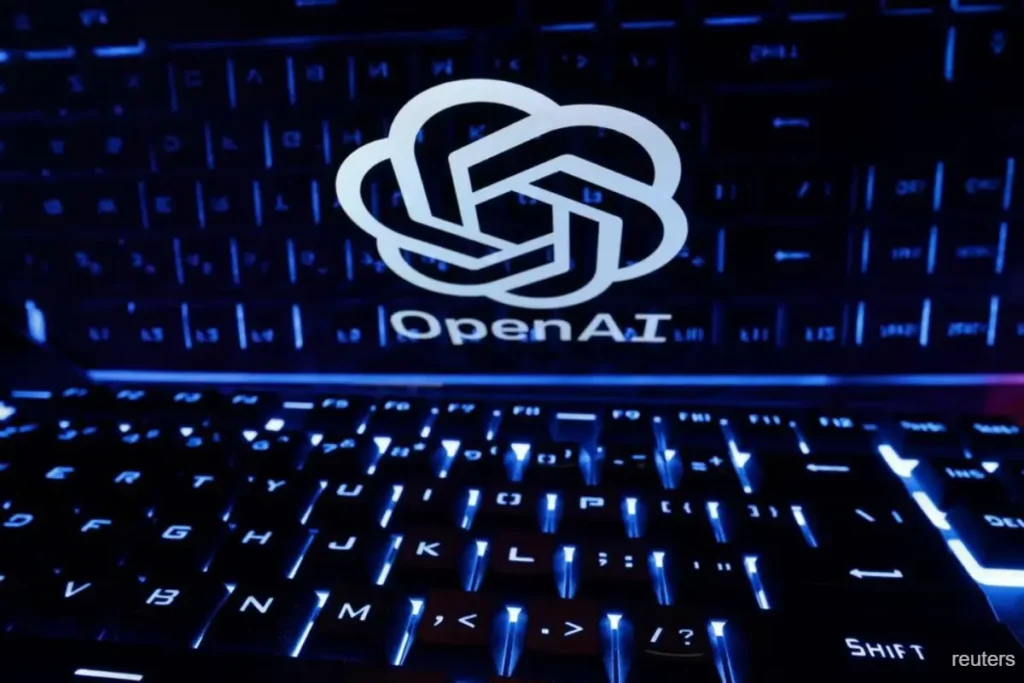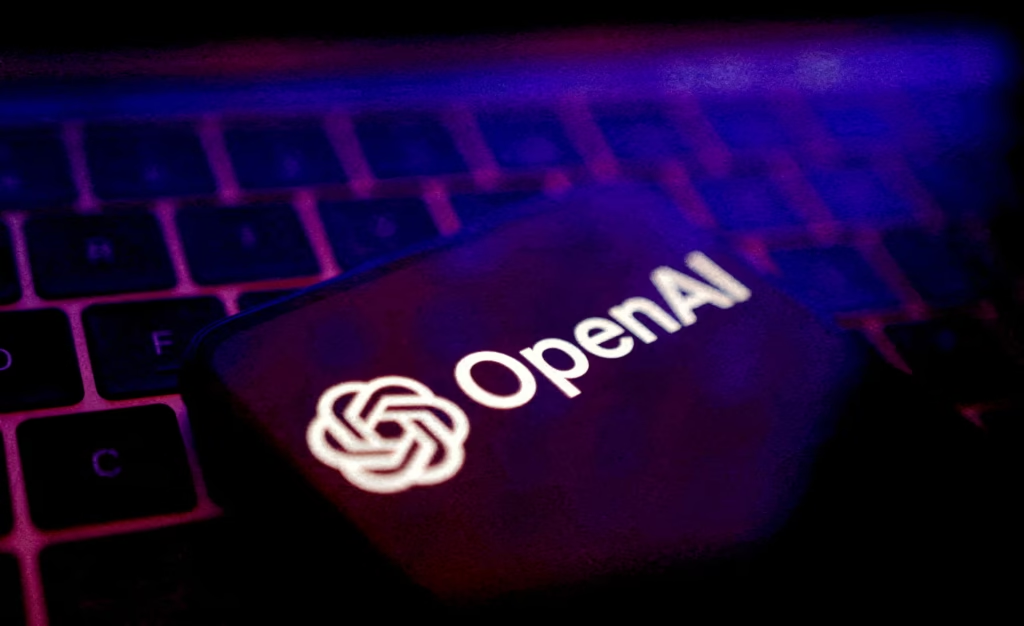In a bold move that could reshape the artificial intelligence (AI) landscape, OpenAI is reportedly engaging in discussions with high-profile investors from Saudi Arabia, India, and the United Arab Emirates to raise tens of billions of dollars. This global fundraising initiative aims to solidify OpenAI’s position at the forefront of AI innovation, fuel infrastructure development, and signal a new era of international tech cooperation.
Aiming High: The $40 Billion Vision
OpenAI’s ambition isn’t subtle. The organization, which has revolutionized the world with technologies like ChatGPT and DALL·E, is said to be pursuing up to $40 billion in funding. This would not only mark one of the largest AI fundraising rounds in history but could push OpenAI’s valuation into the $200 billion range or higher.
Such an influx of capital is more than a financial milestone—it’s a statement. OpenAI is no longer just an American tech story; it’s becoming a global movement, one that increasingly appeals to diverse investors from some of the fastest-growing innovation economies in the world.

Strategic Capital Meets Strategic Interests
OpenAI’s reported talks with Saudi Arabia’s Public Investment Fund (PIF) and Indian giant Reliance Industries are not incidental. These are not merely financial transactions but part of a broader strategic alignment.
For Saudi Arabia, the interest lies in accelerating its transformation into a knowledge-based economy. The kingdom’s Vision 2030 initiative has made AI and advanced technology top national priorities. A partnership with OpenAI would bolster that ambition with immediate credibility and access to cutting-edge tools.
On the other hand, India—home to the world’s largest population and a fast-rising tech industry—is well positioned to benefit from deep AI collaborations. Reliance Industries, a massive conglomerate with stakes in telecom, retail, and digital services, could help OpenAI rapidly deploy AI solutions at scale in the Indian subcontinent.
These relationships reflect more than capital—they represent opportunity, influence, and shared belief in the power of AI to transform societies.
Why the Middle East and India?
OpenAI’s choice of investors speaks volumes. By reaching out to sovereign wealth funds and corporate giants outside traditional Silicon Valley circles, OpenAI is intentionally decentralizing its financial and strategic base.
There are several reasons for this:
- Capital Availability: Middle Eastern sovereign wealth funds have become some of the most active global investors. They offer deep pockets and long-term vision.
- Market Reach: India, with its billion-plus population, represents a crucial testing ground for AI technologies across languages, cultures, and sectors.
- Geopolitical Balance: Diversifying investors also spreads geopolitical risk. It reduces dependency on one region and promotes global collaboration.
It’s a future-looking strategy—one that aligns with a world where technology development is no longer dominated by a single region or ideology.
SoftBank’s Return to the AI Spotlight
One of the most intriguing elements of OpenAI’s fundraising is the potential leadership of SoftBank. The Japanese tech investment giant has had a mixed track record in recent years, but its early bets on global technology firms helped catalyze several industry breakthroughs.
A successful investment in OpenAI could mark a powerful return to form for SoftBank. It would also suggest that the firm sees OpenAI not just as another promising company—but as a foundational force in the future of the global economy.
This may be part of a larger shift toward funding the physical and digital infrastructure needed to support advanced AI, such as data centers, compute power, and edge networks.
Expanding the Infrastructure: The Stargate Initiative
A large portion of the proposed funds is rumored to be earmarked for an ambitious new AI infrastructure project code-named “Stargate.” While specific details remain scarce, Stargate is believed to be a massive computing and research platform that would allow OpenAI to train even more powerful models while maintaining energy efficiency and security.
This infrastructure would be central to OpenAI’s vision of building general artificial intelligence safely and responsibly. By creating a proprietary backbone for AI development, OpenAI could reduce reliance on third-party providers and maintain tighter control over the development environment.
Stargate could also become a strategic asset—one that connects global talent, computing power, and datasets under a single, secure umbrella.
Attracting Institutional Powerhouses
Besides sovereign funds and conglomerates, OpenAI is also said to be in talks with several institutional investors including major venture capital firms and tech-focused funds. Some of these firms could invest upwards of $100 million each, bringing a blend of financial credibility and operational insight.

These discussions are not just about dollars—they’re about creating an ecosystem. By onboarding strategic investors who can offer more than money—such as distribution, research capabilities, or regional influence—OpenAI is laying the foundation for long-term growth.
A New Chapter for OpenAI
This fundraising push marks a distinct evolution in OpenAI’s identity. Originally established as a nonprofit with a mission to ensure AGI (artificial general intelligence) benefits all of humanity, OpenAI’s model has since evolved into a hybrid structure. It now operates a capped-profit model under the governance of a nonprofit board.
While this has allowed the company to access commercial capital, it has also raised questions about governance, equity distribution, and long-term accountability. As new investors come aboard—especially large foreign stakeholders—these questions will gain even more importance.
But it’s also a sign of maturity. OpenAI is no longer a fledgling research lab. It’s a global AI infrastructure company, with influence across education, healthcare, creative industries, and governance.
India and the Future of AI Collaboration
India plays a special role in OpenAI’s roadmap. The company has already engaged with Indian policymakers and has launched programs aimed at expanding AI literacy and skills across the country. A potential investment from Reliance would turbocharge these efforts, combining OpenAI’s software with Reliance’s reach into every corner of Indian life—from mobile networks to rural banking.
Such a partnership could help develop AI applications that are deeply localized, spanning languages, cultural contexts, and sector-specific challenges. It would also support India’s aspirations to become not just a user of AI, but a global creator of AI tools and frameworks.
This could lead to powerful co-creation opportunities—India contributing human capital and implementation, OpenAI providing foundational models and R&D.
The Human Side of the Deal
Beyond financials and strategy, this move reflects OpenAI’s core philosophy: that the future of AI should be globally shared and collaboratively built. With this mindset, the company has emphasized the need to include underrepresented regions in AI development—through education, partnership, and now, ownership.
If the reported investment talks bear fruit, it won’t just be a win for OpenAI. It could be a historic moment in reshaping who gets to build and benefit from the AI revolution.
It also opens the door to new narratives. No longer is the story of AI a narrow corridor between San Francisco and Seattle. Now, it could stretch from Riyadh to Mumbai, from Abu Dhabi to Bengaluru—a web of innovation fueled by shared goals and mutual investments.
What Could Go Wrong?

Despite the excitement, there are risks. International investments—especially those from state-affiliated funds—often trigger geopolitical concerns. Issues of data sovereignty, governance rights, and ethical oversight may complicate deals.
OpenAI will need to tread carefully, balancing its global ambitions with its stated ethical mission and regulatory compliance across jurisdictions. Transparency in structure and operations will be critical, especially as scrutiny from governments and watchdogs increases.
There’s also the risk of overextending. Scaling too quickly or pursuing infrastructure too far ahead of model readiness could create bottlenecks or waste.
However, with the right guardrails, OpenAI could turn these challenges into advantages—learning to operate in complex global environments while preserving its core mission.
The Bigger Picture
This moment signals a changing of the guard in technology investment. The old model—one dominated by a handful of Silicon Valley venture capital firms—is giving way to a more complex, more multipolar financial world. Countries and corporations outside the West are asserting their place in the AI era, not just as customers, but as co-creators and shareholders.
If OpenAI manages to secure this funding and launch its Stargate project, it will become more than just a technology provider. It will be an anchor institution—one that brings together governments, investors, researchers, and developers to shape the future of intelligence.
This is not just OpenAI’s next chapter. It’s potentially a new chapter for the global tech ecosystem.
Do follow UAE Stories on Instagram
Read More: GFH Financial Group Firmly Denies Merger with Dubai’s Shuaa Capital













